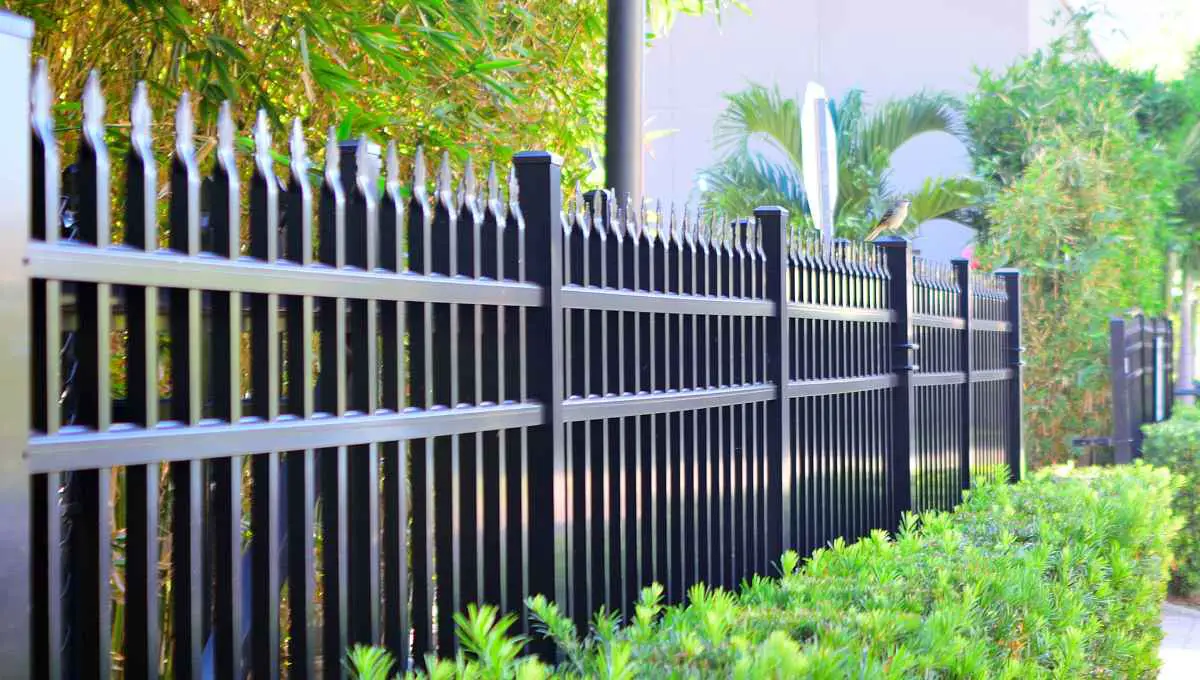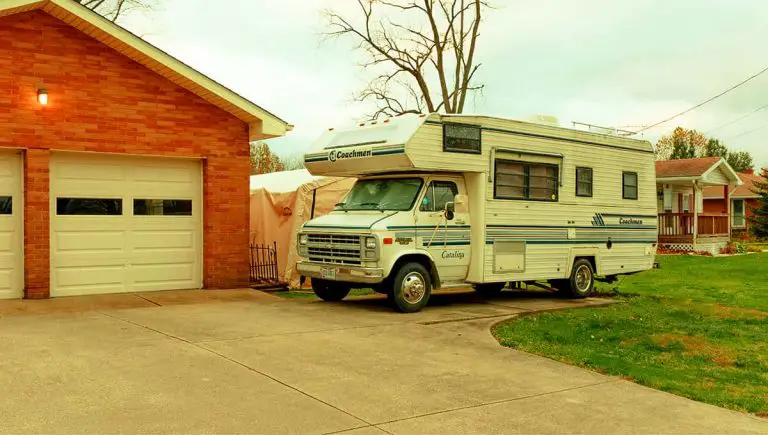Can a Fence Be Built on an Easement? (Laws & Requirements)

Easements are an important part of property ownership, but they can also create some confusion when it comes to building structures on your property. If you’re considering building a fence on your property, you may be wondering if it’s possible to build on an easement.
In general, you cannot build a fence on an easement without permission from the party that holds the easement. This is because the easement grants the holder the right to use the property for a specific purpose, such as accessing utilities or a shared driveway. It’s important to check with the relevant authorities before building a fence on an easement.
Usually, a fence can only be installed by the dominant estate of the easement contract. In this article, we’re going to look at the laws surrounding easements and when you are allowed to build on them.
This post contains affiliate links from Amazon and other stores. This means Yard Blogger may earn a commission if you make a purchase using any of our links. Please refer to our full affiliate disclosure policy for full details.
Here’s a Quick Pro Tip!
Our Favorite Fences From Amazon:
1. Vinyl White Fence– the ideal white picket fence
2. Portable Fence/Pen– used to enclose an easement to protect it from your animals.
3. Privacy Fence– perfect for more privacy from the easement
Easement Types
There are many easements that can come to play on a real estate property, however here are the most common:
- Utility Easement (probably the most common easement)
- Easement by Necessity
- Right of Way Easement
We’re going to focus on utility easements since these are the ones that you are most likely to come in contact with on your property.
Utility Easements
A utility easement is a legal document that gives utility companies (water, gas, or electric) the right to enter and use a small portion of your property without your consent. These easements are often used for underground lines or above-ground service stations.
Building on an Easement
If you have any easement tied to your property, you probably have workers coming onto your property unannounced. Although this is legal, it could feel like a violation of privacy. So the best idea is to put up a fence on the easement, right? Well, let’s look at common easements and if you can build on them.
Fence On a Drainage Easement
This easement usually gives the city limited access to and usage of a portion of your property. Every state has different laws, although most do not allow building any fences, walls or other permanent structures on the easement.
Luckily a drainage easement is usually at the edge of a property, so you could build a fence right outside the lines of the easement.
Fence On a Driveway Easement
A driveway easement is usually between two (or more) private estates. If a driveway is used by multiple parties, a fence can be installed to increase privacy.
However, only the dominant estate can decide whether a fence should be installed – since it would be built on their property.
On the other hand, if you have a right-of-way easement, meaning you have access to a road on someone else’s property, you would probably not be allowed to install a fence.
Fence On a Utility Easement
You can build a fence around a utility easement or plant trees to block it. However, the easement should always be accessible to utility companies (above and below ground). Also, if you do build a fence on the easement, the utility company has the right to remove it without your consent if it’s hindering their work.
Gate on an Easement
If the gate does not interfere with the use of the easement, it can be installed on the easement. In most cases, a gate will be allowed since it offers a small amount of privacy. If you want to be completely sure though, you can contact the other party (be it a utility company or your neighbor) and enquire about adding a gate to the easement.
You might also enjoy our post on If a Utility Company Can Block Your DrivewayWhat to Do if Your Dog Eats a Dead Bird
Property Laws and Easements
An easement is a legally binding document that allows one party to access another party’s property.
Easement Agreements
When setting up an easement, you can ask a lawyer to add an agreement about fences. Will a fence be necessary around the easement? Will both parties be able to build a fence if they please? Or onlu the domiunant estate?
Your lawyer will know how and where to add a fence agreement to the easement.
Are You Ever Allowed to Block an Easement?
If an easement is granted by a court of law, a property owner is not allowed to try and block it from the intended party. Parties have the right to remove any objects blocking their access to the easement.
However, if this is happening to you, it’s best to contact a lawyer and get accurate legal advice. In most cases, the police would go to the property owner and request them to remove the structure blocking the easement.
You might also enjoy our post on How To Remove an Easement From Your Property.
Final Thoughts
In most cases, a fence can be built on an easement. However, the other party will have the right to remove it if it’s obstructing their use of the easement. It’s best to build a fence surrounding the easement – not on the easement itself.









